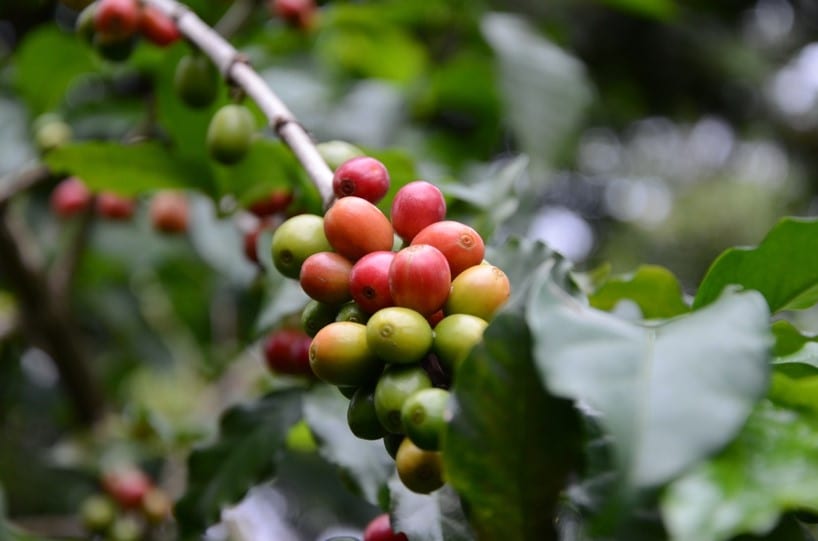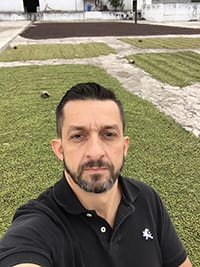Coffee Cultivation as a Tool for International Ag Development
Coffee Breeding
Funding for this project (# 2016-07259) was provided by the United States Department of Agriculture (USDA) National Institute of Food and Agriculture (NIFA) Higher Education Challenge (HEC) grant program. This project is in collaboration with the University of Arkansas, Texas Tech University, and The Borlaug Institute at Texas A&M University.

Overview
This RLE will explain how the biology of the coffee species makes it an excellent candidate for its incorporation in international agriculture development projects: it is a perennial plant, it produces a high-value cash crop, and it is a “conflict-resistant” species, meaning it can survive through periods of political/social turmoil which many coffee-producing countries are prone to. Unlike the Robusta species (Coffea canephora), the Arabica species (Coffea arabica), which produces the higher-quality coffee, is a very climate-sensitive species and it does not respond well to new environmental threats, namely those related to climate change. Coffee breeders worldwide are rushing to develop the next generation of climate-resilient coffee varieties to ensure the future of coffee for the millions of farmers (and drinkers) that depend on it.
Objectives
- Describe the basic biology and history of coffee
- Understand why coffee has a very high socio-economic value for smallholder farmers
Level of Instruction
Graduate
Learner Prerequisite Knowledge
Introductory Module
Instructor Preparation/Notes
Become familiar with coffee biology, growing, processing and trading
Instructions
Learner time required: 4-5 hours
Read through the materials and watch the videos. At the end there is a self-exam that you can use to assess if you have met the objectives.
Leo Lombardini
Professor
Department of Horticulture
Texas A&M, Borlaug Institute
